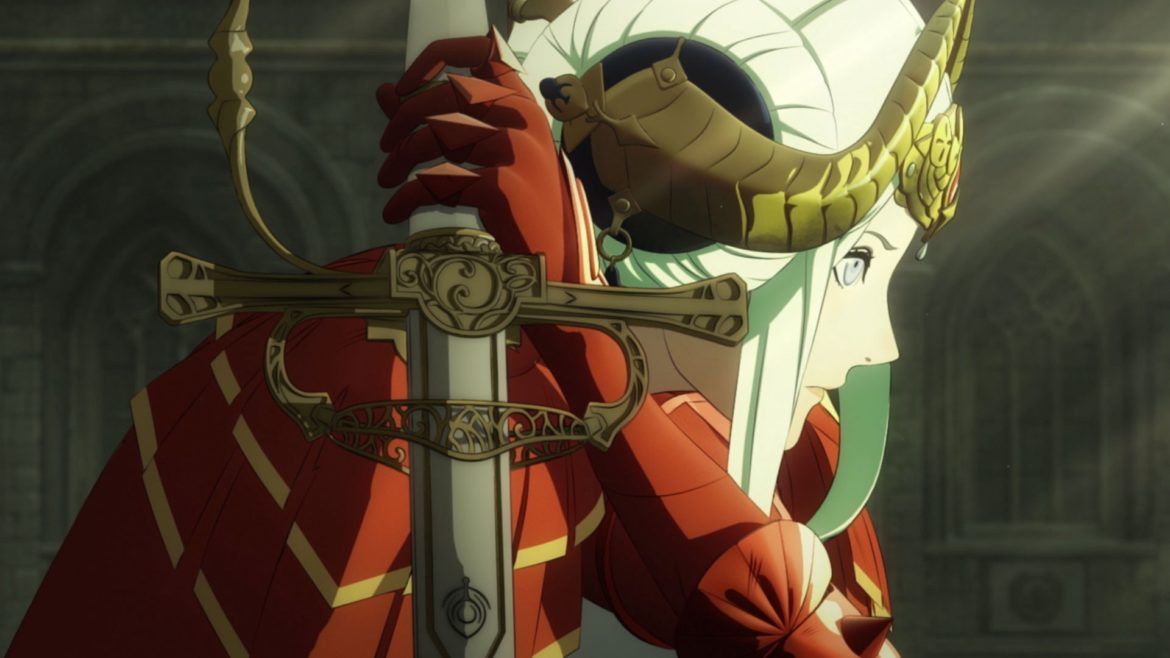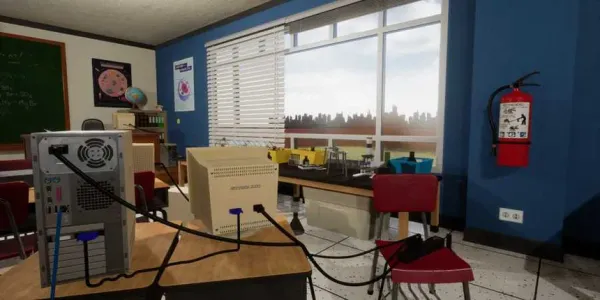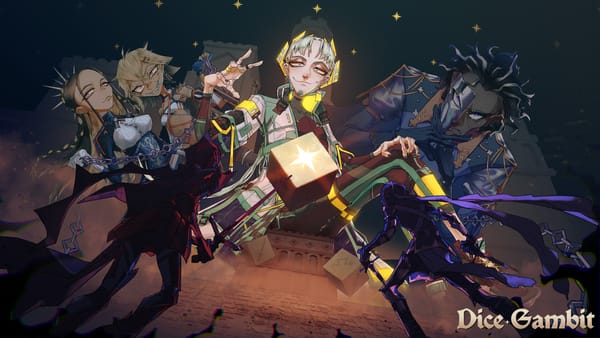Ludoludo Dissonance - In Fire Emblem nothing is certain, except death and restarts

Written by Rinoa Carmichael
*Critical hit*
*character dies*
*restart*
If that felt familiar to you, and you didn’t read the title of the article, you are probably someone who played a Fire Emblem game. Fire Emblem perhaps more than any other series I know, has always a deep tension between developer intent and player response.
For those who aren’t familiar with the series, Fire Emblem, by Intelligent Systems is one of the earliest Japanese Strategy RPGs, releasing on the Famicom in 1990. The series has a lot of unique quirks, and it’s one of the few series you can look at the first game and newest game, and see a lot in common.

Compared to others in the genre, like Final Fantasy Tactics, units are not especially unique. Mechanically, characters have little customization. In terms of narrative, characters have a small amount of dialog and a portrait, usually to emphasise a single personality trait or two. But, regardless, players grow very attached to their characters, the few factors that are variable, like the randomness to how characters can grow often leads to a lot of attachment to the characters, not entirely unlike Pokemon.
So it’s rather unfortunate that despite minimal customization and dialog, that in many ways, Fire Emblem’s core design revolves around the fact that when a unit dies, it is gone forever. The AI in most games is designed with a strong focus that favors killing a unit over any sense of survival. Maps and missions are built around AI that works like that. Threats are positioned to tempt you into some noble sacrifices. You get a unit every mission or two that is generally pretty close to your party’s expected level to let those deaths happen every stage or two.
The game is built to have death happen. The systems in place ensure that it both hurts but that you can recover from that loss. However, despite that it’s often followed by a quick…
*reset*
*start*
*restart*
If that felt familiar to you, and you didn’t read the title of the article, you are probably someone who played a Fire Emblem game… Sorry where was I…
Why players reset is an interesting point. What have Intelligent Systems done to try and resolve this after noticing after years that players of all kinds just avoid this core aspect of their games, an aspect that in many ways defines much of the series? There are two main solutions they tried, each with different payoffs.
Fire Emblem: Shadow Dragon is a remake of the original Fire Emblem for DS, and the first time English speakers could easily play the game officially. The game had two simple solutions to the problem, although maybe it was a bit too forceful with them.

During the opening prologue of the game, you must sacrifice a unit to progress. This is not avoidable in any way, and you can choose any unit that isn’t the protagonist. The prologue explains that sometimes letting a unit die is a good and needed strategy not to be used lightly but which must be considered in times of need.
The second solution is simply that when too many player units die, optional missions become available that have extra units in them, to ensure your party remains a good size and has enough appropriate units.
This actually works pretty well, and people hate it. Players unsurprisingly, don’t like being told to do something they try very hard to avoid, and players have a hard enough time consuming potions in other RPGs, let alone characters in a franchise that is famously hard. On top of this, many players felt cheated upon discovering there were extra maps and characters, but only if they did a thing that they didn’t want to do.
It is a real shame, because I think in many ways Shadow Dragon through this provides more explicit communication to the player that death is a natural and intentional part of the game.
But Shadow Dragon did so poorly that the follow up, New Mystery of the Emblem never got an official release in English. But one feature of that game went on to become the most defining feature of modern Fire Emblem. New Mystery ultimately is a small footnote in the franchise. What it did was simple: Just turn it off!
The idea the whole series has been built around, now just would just let players say no in a way that contains no resets. While New Mystery does contain the classic/casual mode toggles, it is the next game, Awakening, that was built around them.

Awakening is a complicated game that sits in an extremely awkward place design wise. It knows that it has this casual mode where units can remain even if they fall in battle, and so must have interesting and complex enough development systems to sustain that. Part of the beauty of older Fire Emblem was in unit simplicity, but without the fear of death, upping the complexity of customization now makes more sense, invested players can truly invest without risk should they want to. To that end, another of the series staples, limited experience points, was also removed, as options to endlessly play certain levels were added.
However, with casual mode being a toggle, Awakening now has a complicated struggle on its hands. It must also factor in the permanent death side of the toggle, and so combines all the customization it has, but with the simple murder focused AI with maps to suit as the series has always had.
These changes combined to massively reduce much of the classic friction in the games clearly worked, Awakening became one of the best selling games in the series worldwide. It was supposed to be the last game in the series, but instead, became the birth of this new style of Fire Emblem.

Fates, and Three Houses both build upon it, each being more and more anticipated than the last, and each maintaining a focus on character customization. Like any series that goes through a big change though, there’s always some tension about what it lost, and what it gained. Now Fire Emblem is caught in limbo with this toggle, unable to truly commit to a world without perma-death, and thus unable to truly commit its level design, AI and customization systems to either system.
So what’s the point to all this? Toggles are good? A single toggle option possibly saved this series. But toggles like this make it hard to commit to either option, and that is the space Fire Emblem lives in right now.
For you, dear reader, all I ask is one time, don’t be afraid to:
*reset*
*start*
*…*
*load save*



